Let our trees tell you a story
Some of our trees now have their own phone numbers, so you can call them (or scan their QR codes with smart phones) and learn about the cultural history and ecology of these trees. You will hear 60-90 second recordings that will answer questions like What tree might you find as a fossil? Which tree loves fire? Why didn't the British let colonists cut white pine? Whose ashes are scattered at the base of our state champion Arizona cypress? While the recordings are designed to be heard while standing in front of the trees along the conifer trail, you can access all the current recordings here.
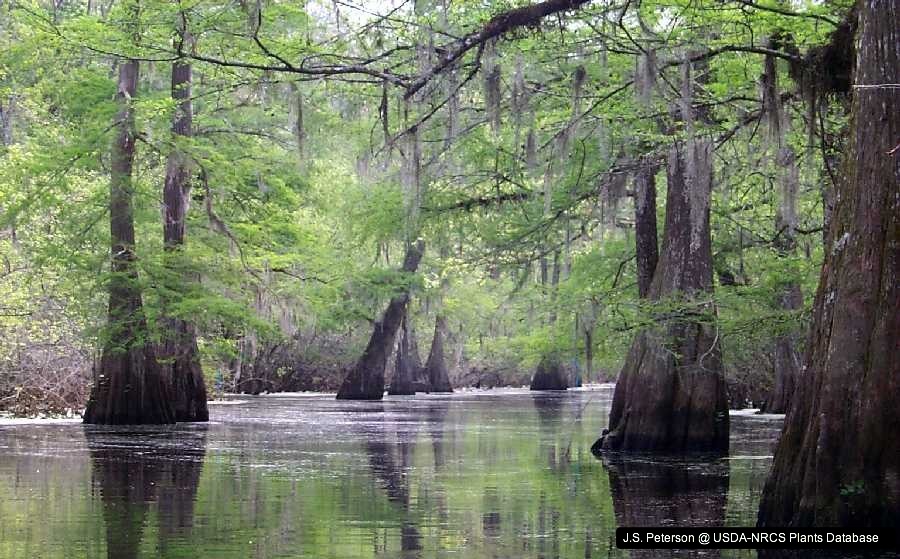
At home in swamps, the baldcypress grows well as a spectacular urban tree.
Marsha Moseley tells you its story.
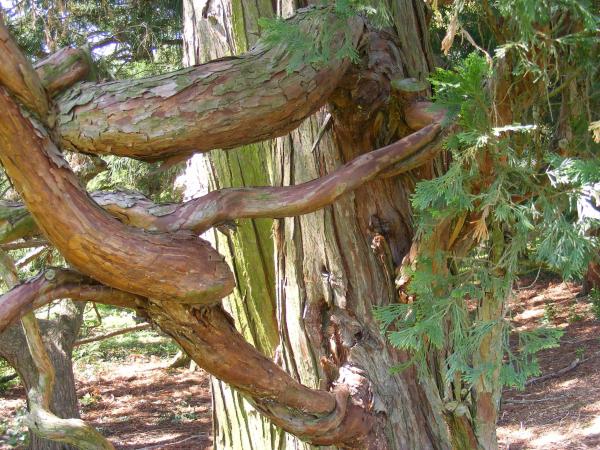
A tree from the western U.S., the incense cedar has many important uses, including making high quality pencils.
Let Katherine Kahler fill you in.

The Fraser fir is beloved for its use as a Christmas tree. Unfortunately, it is also loved by an invasive insect that is killing it in our forests.
Don Richards will tell you about it.
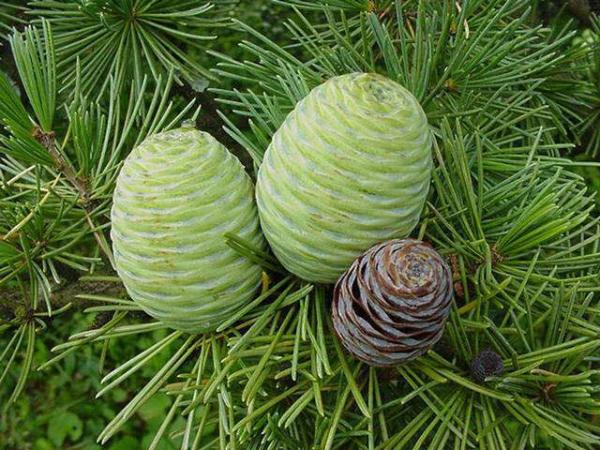
The cedar of Lebanon has a rich cultural history in the Middle East, but is also loved in many other parts of the world. Mary Jane Kirkland explains.
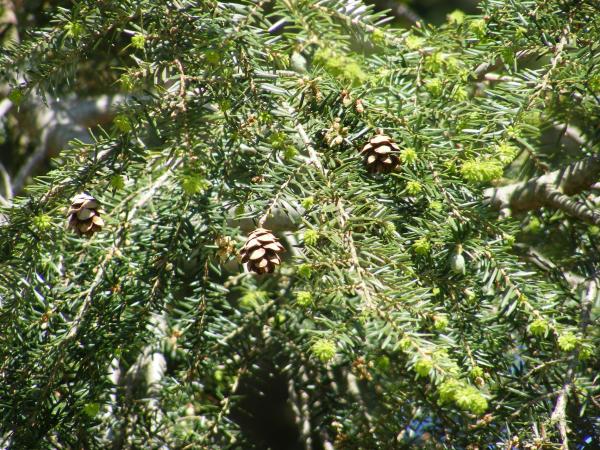
The eastern hemlock is the most shade tolerant tree native to the eastern U.S. Learn about it from Mary Jane Kirkland.

The Arizona cypress is little known in the eastern United States but can grow to impressive heights. It was so loved by Orland E. White, who started this arboretum, that his ashes where scattered beneath it. Read by Don Richards.

The dawn redwood drops its needles in the fall but not before they go out in a blaze of color. A commonly planted tree now, not long ago it was only known from the fossil record. Marsha Mosely tells the story.

The long leaf pine is at home in the southeastern United States where it is part of one of the most diverse ecosystems in the United States. Unlike most trees, it depends on fire. Learn how from Mike O'Dell.
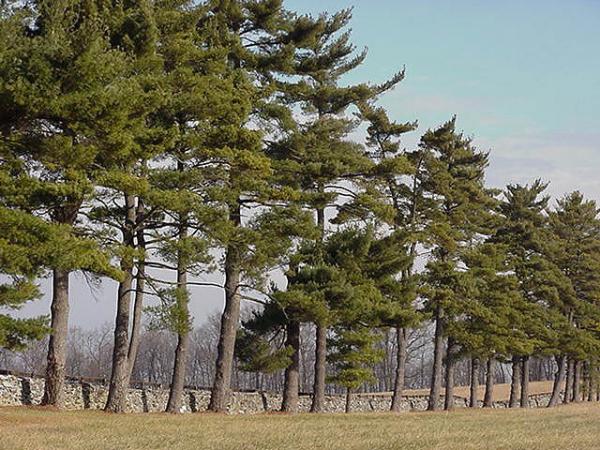
The eastern white pine forms the notable quirky western border of the arboretum near the front entrance, but it was also one of the most important native trees in early colonial history. Learn about it from Mike O'Dell.

Our ginkgo grove in autumn is one of the main attractions of the arboretum. The ginkgo has a long cultural history in Asia and a much longer fossil history through most of the world. Learn about it from Marsha Mosely.
